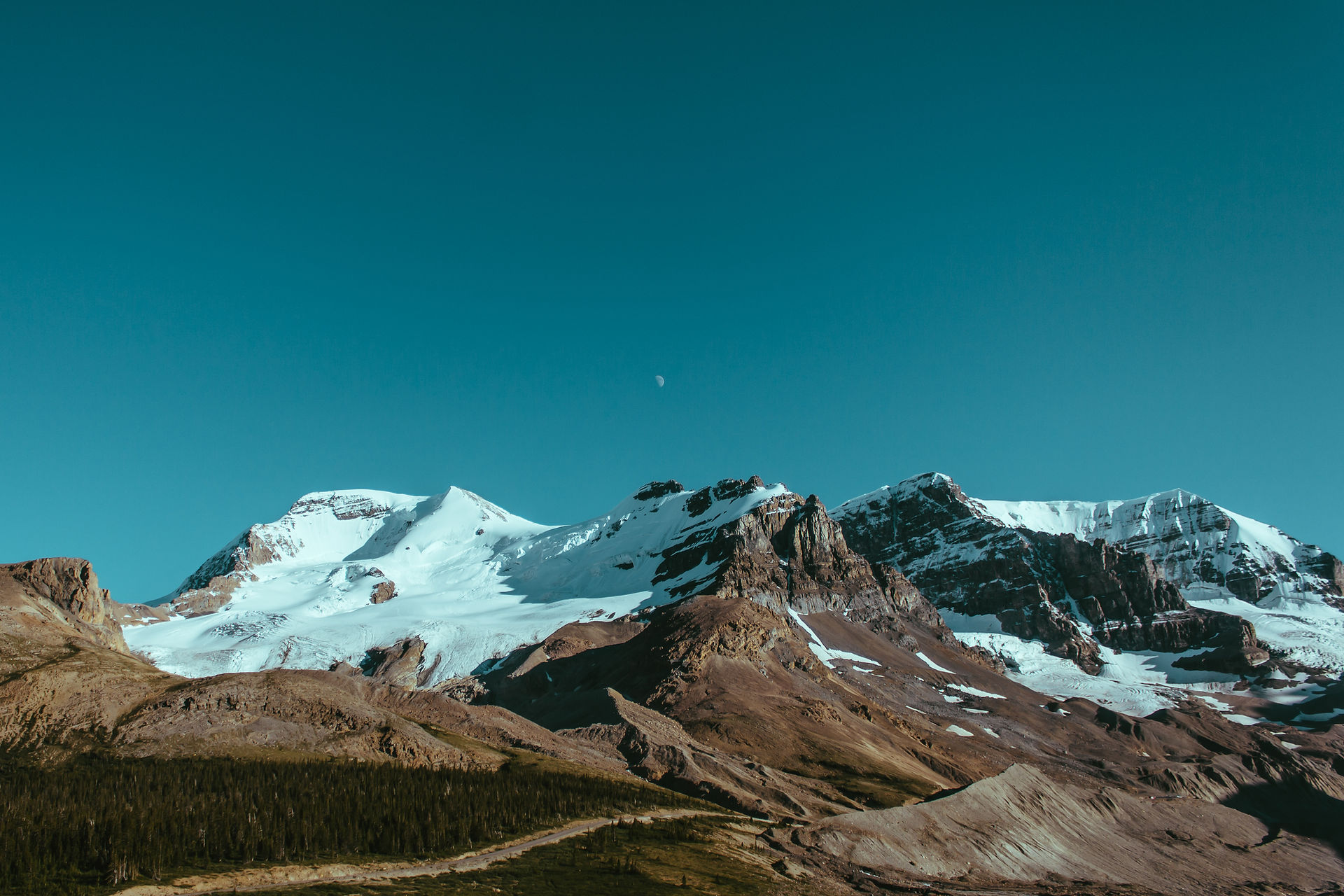
Kissimmee Homeschooling


Geography
What is Geography
The word geography literally means 'earth writing,' and that is what many geographers do: they write about the earth, and how people change the earth, and how the earth changes people.
Let's look closer at one type of geography: human and cultural geography, and some of the main topics that are studied in that area.
Geography is a branch of science that deals with the study of Earth, its land and other physcial features, environment and its relationship to human life. It has two main sub-fields, physical geography and human geography. Physical geography deals with Earth's climate, physical structure, atmosphere, soil, rock, water and related natural processess. Human geography focuses on teh study of human interaction with the environment, its cultural, social, and economic aspects, maps, geographic information systems, remote sensing stellites and statistical methods are key tools used in the field of geography. Geography is much more than cartography, the study of maps. It not only investigates what is where on the Earth, but also why it's there and not somewhere else, sometimes referred to as "location in space". It studies this whether the cause is natural or human. It also studies the consequences of those differences.
History of Geography
The Greeks are the first known culture to actively explore geography as a scienceand philosophy, with major contributors including Thales of Miletus, Herodotus,Eratosthenes, Hipparchus, Aristotle, Dicaearchus of Messana, Strabo, andPtolemy. Mapping by the Romans as they explored new lands added new techniques.
During the Middle Ages, Arabs such as Idrisi, Ibn Battuta, and Ibn Khaldunbuilt on and maintained the Greek and Roman learnings. Following the journeys of Marco Polo, interest in geography spread throughout Europe. During theRenaissance and into the 16th and 17th centuries the great voyages of exploration revived a desire for solid theoretical foundations and accurate detail. The Geographia Generalis by Bernhardus Varenius and Gerardus Mercator's world map are prime examples.
By the 18th century, geography had become recognized as a discrete discipline and became part of a typical university curriculum. Over the past two centuries the quantity of knowledge and the number of tools has exploded. There are strong links between geography and the sciences of geology and botany.




